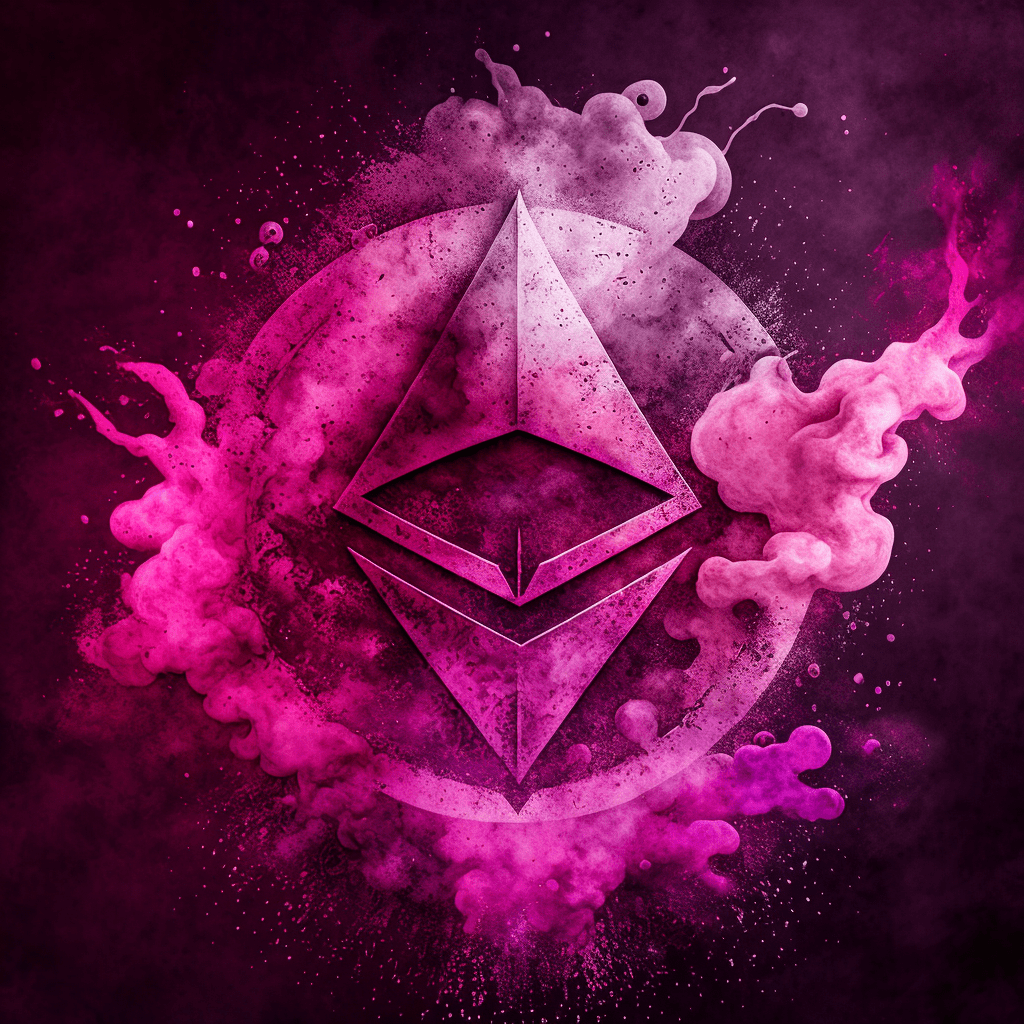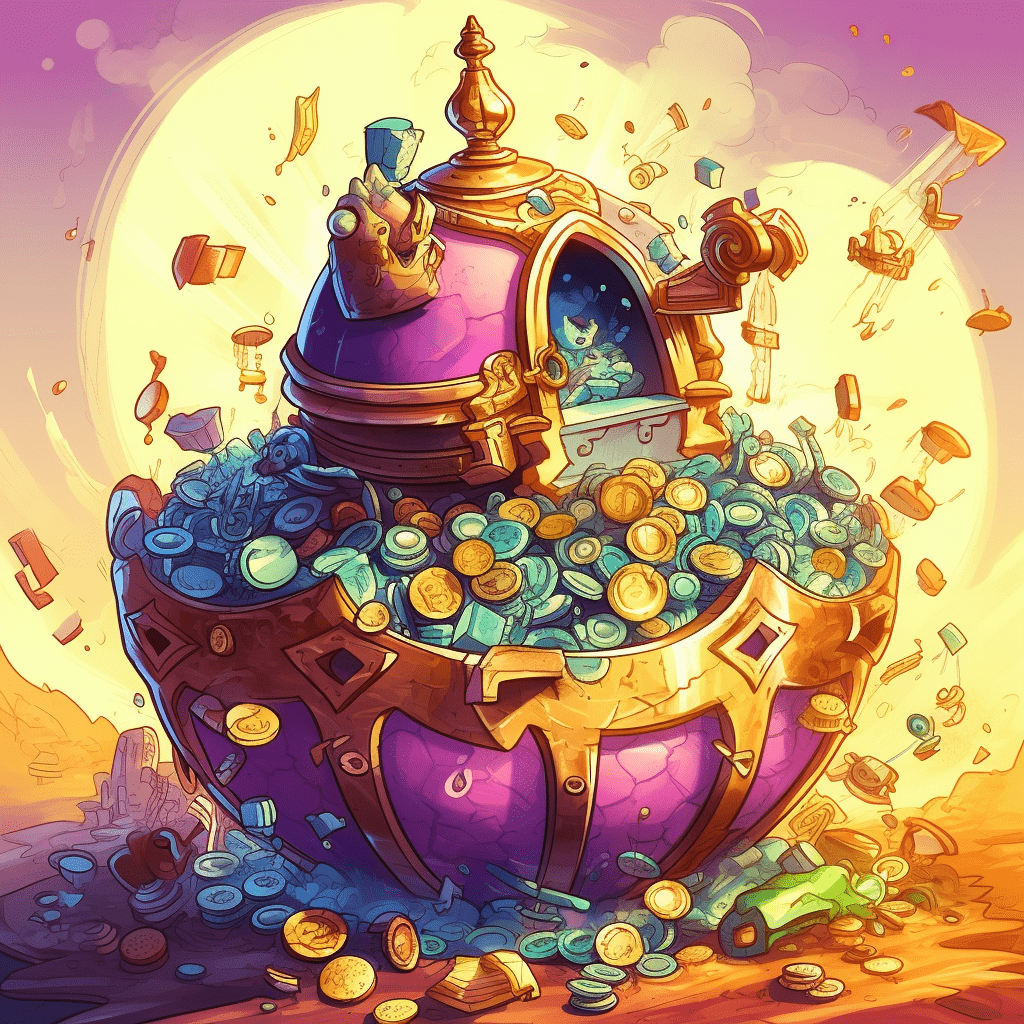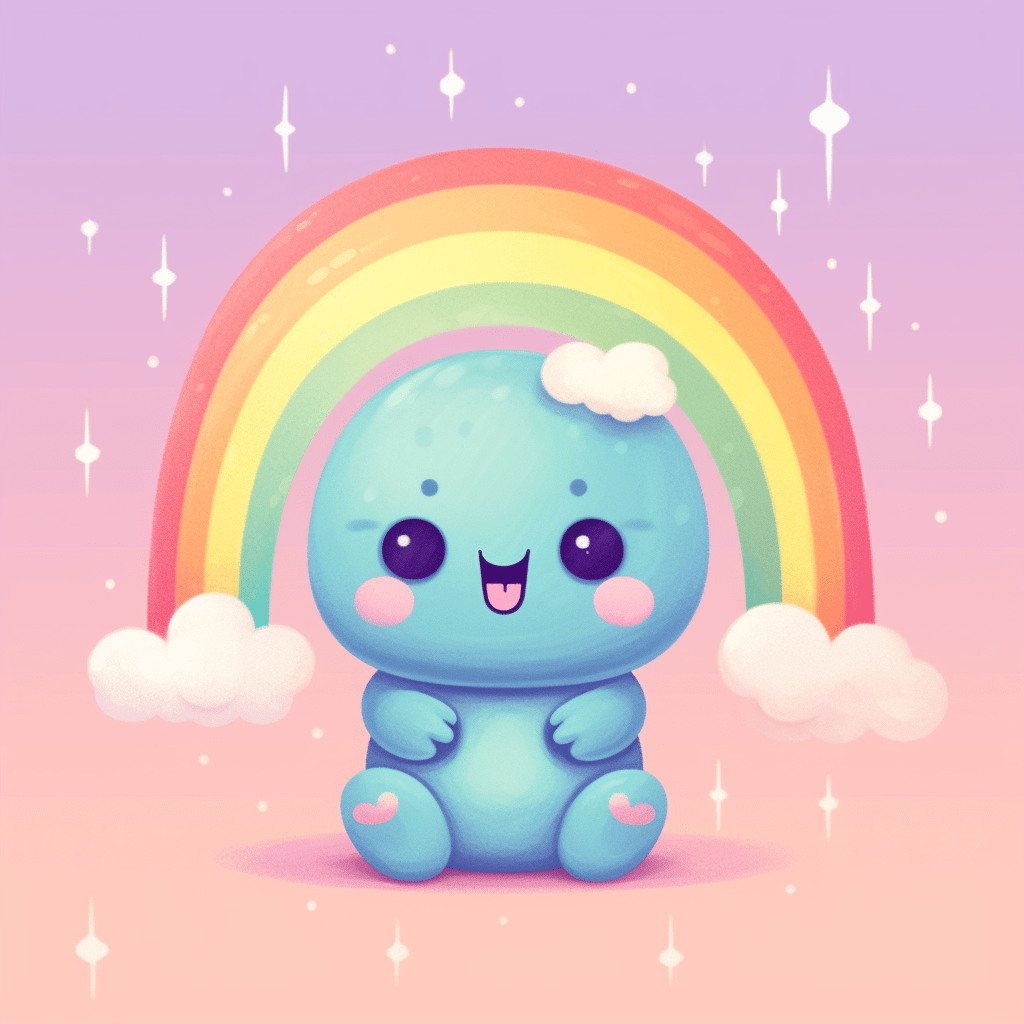
As the world of non-fungible tokens (NFTs) continues to flourish, NFT art generators have become increasingly popular for creating unique digital art quickly and efficiently. With the integration of smart contract development into the mix, this innovative technology provides an additional layer of functionality, enabling artists to automate various aspects of their NFT creations. In this article, we’ll discuss how smart contracts and NFT art generators work together, along with the advantages and technical considerations artists should be aware of.
Understanding Smart Contracts
Smart contracts are self-executing contracts built on blockchain platforms, such as Ethereum, with the terms of the agreement directly written into lines of code. These contracts enable secure, decentralized transactions of digital assets, including NFTs, without the need for intermediaries. In the context of NFT art generator platforms, smart contracts can be used to automate various aspects of the NFT creation, minting, and trading process.
Benefits of Combining NFT Art Generators and Smart Contracts
When NFT art generators and smart contracts are combined, they provide several significant advantages for artists and buyers:
Automated Minting and Distribution
By integrating smart contracts with an NFT art generator, the minting and distribution of digital art can be partially or wholly automated. This automation simplifies the process for artists, allowing them to focus on their creative work while the smart contract ensures efficient and secure minting of their NFTs.
Dynamic Properties
Smart contracts can be programmed to enable dynamic properties within NFTs, such as changing visual elements or metadata based on specific conditions, actions, or triggers. These dynamic properties can add an additional layer of interactivity and engagement for collectors and buyers, making NFTs even more appealing.
Royalties and Revenue Sharing
Smart contracts can also encode royalties and revenue-sharing agreements directly into the NFT, which ensures fair compensation for artists whenever their work is resold on secondary markets. This embedded royalty system promotes greater economic sustainability for artists and incentivizes the creation of high-quality digital art.
Provenance and Authentication
Smart contracts, together with NFT art generators, can help ensure the provenance and authentication of digital artwork. This feature guarantees the token’s unique history, attributes, and ownership details are securely and transparently stored on the blockchain, adding value and trustworthiness to the NFT.
Technical Considerations

While the combination of NFT art generators and smart contracts offers several benefits, there are technical considerations that artists should be aware of:
Choosing the Right Blockchain Platform
Selecting the appropriate blockchain platform for your NFT art generator project is crucial, as different platforms offer varying levels of support for smart contract development and compatibility with existing NFT marketplaces. Ethereum is currently the most widely used platform for NFT and smart contract development, though alternatives like Binance Smart Chain and Solana offer their own advantages and growing ecosystems.
Gas Fees and Energy Efficiency
The cost of executing smart contracts, known as gas fees, can be a considerable factor when choosing a blockchain platform. Ethereum’s high gas fees have become a well-known issue affecting affordability and accessibility; however, layer-2 solutions and upcoming updates like Ethereum 2.0 are expected to address these concerns. Alternative blockchains with lower gas fees, like Binance Smart Chain and Solana, are also gaining traction among artists seeking to reduce transaction costs.
Development Skills and Expertise
Creating and deploying smart contracts requires a strong technical background and expertise in programming languages, such as Solidity for the Ethereum platform. Although there are various online resources, tutorials, and frameworks available to help developers get started with smart contracts, beginners should exercise caution when building smart contracts for the first time, as mistakes can be costly and difficult to rectify once the contract is deployed to the blockchain. Collaborating with experienced developers is advisable for those who lack the necessary technical know-how.
Security and Vulnerability Management

Smart contract security is of paramount importance, as vulnerabilities or errors can lead to the loss or theft of digital assets. It’s essential to ensure that your smart contract code is reviewed, audited, and tested thoroughly by experts and fellow developers before deployment. Implementing best practices for smart contract development and utilizing available frameworks can reduce potential risks and vulnerabilities associated with the use of smart contracts in your NFT art generator project.
In conclusion, NFT art generators combined with smart contract development open up new possibilities for artists and collectors alike, automating various aspects of the NFT process and enabling dynamic properties, royalties and revenue sharing, and improved provenance and authentication. However, to make the most of this powerful combination, it’s crucial to address essential technical considerations such as choosing the right blockchain platform, managing gas fees and energy consumption, ensuring necessary development skills and expertise, and prioritizing security and vulnerability management. By taking these factors into account, artists can create a robust and reliable NFT platform that smoothly integrates the advantages of NFT art generators with the power of smart contracts.
